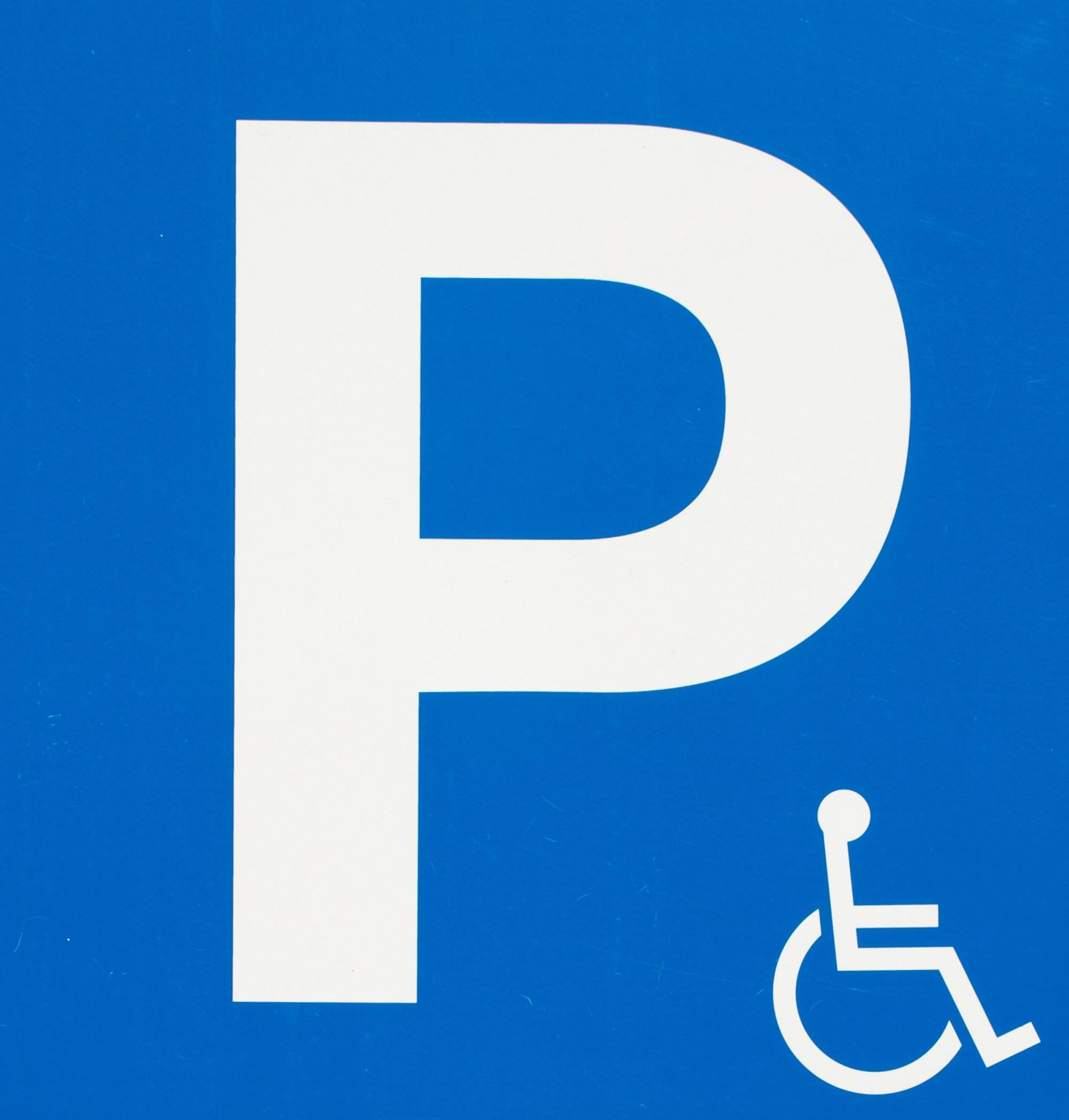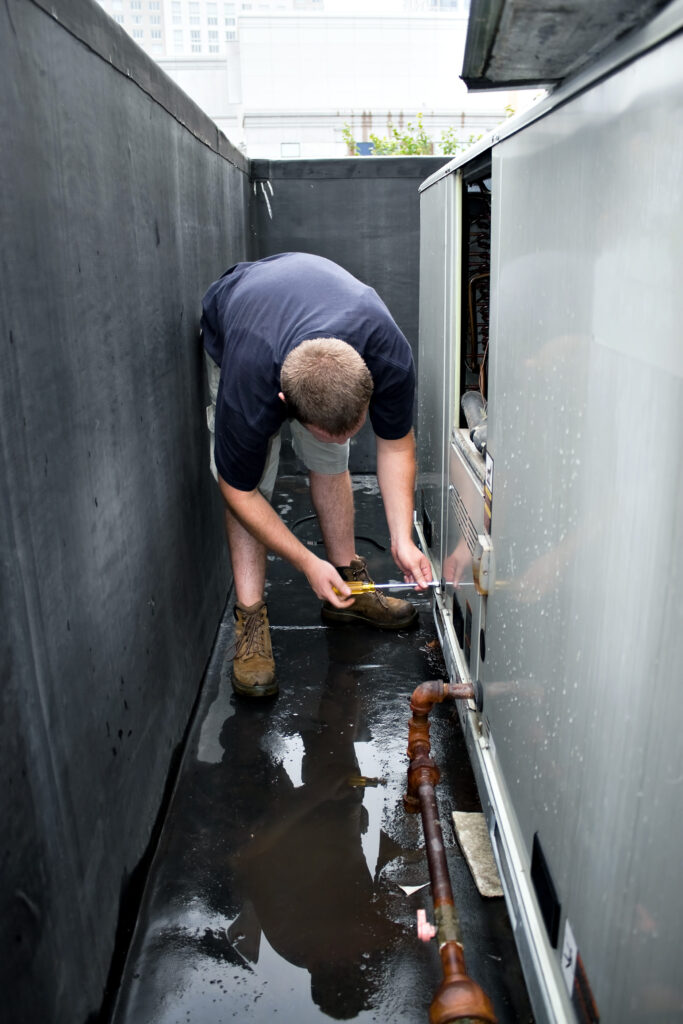Introduction to Cleaning for People with Disabilities
Creating a clean and organized home is important for everyone, but it can be especially challenging for people with disabilities. Many of the tasks involved in cleaning may require adaptations or modifications to make them accessible and safe. In this blog post, we will explore how you can create an accessible cleaning routine that works for your individual needs.
Creating an Accessible Cleaning Routine
The first step in creating an accessible cleaning routine is to assess your abilities and limitations. Consider what tasks are difficult or impossible for you to do on your own and which areas of your home need the most attention. Once you have identified these areas, you can begin to develop a plan that works best for you.
Adapting Your Cleaning Supplies and Tools
There are many tools and supplies available that can help make cleaning easier and more accessible for people with disabilities. For example, if you have difficulty bending over, you may want to invest in a long-handled dustpan or mop. If gripping objects is difficult, look for products with built-in handles or ergonomic designs. You may also want to consider using microfiber cloths instead of traditional cleaning rags as they are gentler on surfaces and pick up dirt and grime more effectively.
Tips for Cleaning Common Areas in the Home
Once you have adapted your cleaning supplies and developed a plan, it’s time to start tackling common areas in your home. Here are some tips for making cleaning accessible:
1. Start with a clear workspace – before beginning any cleaning task, ensure that the area is clutter-free and well-organized. This will help prevent accidents and make it easier to move around.
2. Use a timer – setting a timer can help keep you motivated and focused during cleaning tasks. It can also provide a sense of accomplishment when you complete each task within the allotted time.
3. Take breaks – cleaning can be physically demanding, so take frequent breaks to avoid fatigue and injury.
4. Ask for assistance – don’t hesitate to ask family members or friends for help with tasks that are too difficult or dangerous to do alone.
Maintaining a Healthy and Safe Environment
In addition to regular cleaning, it’s essential to maintain a healthy and safe environment in your home. This includes regularly changing air filters, vacuuming carpets and rugs, and ensuring that there is adequate lighting throughout the house. Additionally, make sure that all electrical cords and appliances are kept out of reach to prevent trips and falls.
Conclusion: Resources and Support Groups
Cleaning for people with disabilities requires creativity, adaptation, and patience. Remember to prioritize your safety and comfort while developing an accessible cleaning routine. There are numerous resources and support groups available online that offer guidance and advice for individuals with disabilities who wish to live independently and safely at home.


